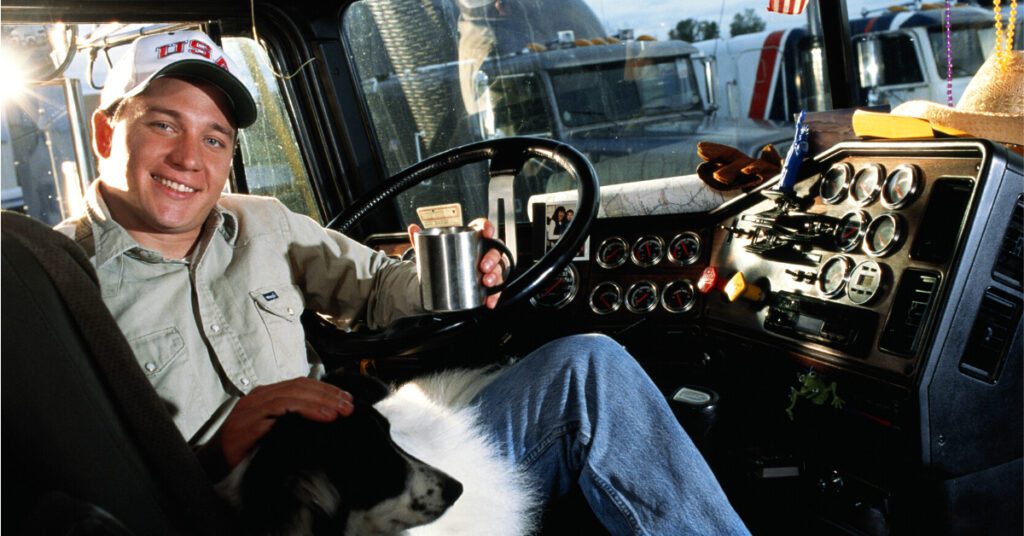
If you own a small freight brokerage, you’re aware of the risks and rewards that are part of growing your business. During the growth phase, you’ll want to decide what type of growth best fits your business: agency growth or organic growth. There are advantages and disadvantages to each. No matter which model you choose, you’ll need good people and good tools to succeed.
Model #1: Agency Growth
Agent-based businesses provide back-office support to brokers who don’t want to handle billing, accounting, carrier qualifications, insurance, and the like. The agent produces quick revenue growth on a commission-only basis, reducing indirect costs but diluting profit margins.
It helps to think of agents as customers rather than employees: They are generally aggressive, independent business people and you work for them. You need solid systems in place to ensure low costs per transaction and sound financial management to handle cash flow.
Model #2: Organic Growth
Organic growth puts you in charge, but it requires more work. Here are the typical steps:
1. Hire personnel. Hiring experienced transportation professionals may cost more, but they can hit the ground running and bring a book of business and expanded knowledge. You may be able to expand into new segments or regions quickly. The other choice is to hire employees new to transportation. The learning curve will be steeper, but you have the chance to mold them to work within your set procedures and they’re less likely to bring with them bad habits learned at a previous job.
2. Find your niche. Many start-up brokers haul truckload dry van freight, because it’s the simplest and most available freight. But it’s also very competitive, with large players and small margins. Instead, as a small, nimble brokerage, you have the opportunity to focus on a niche. Differentiators could include a high level of customer service, flexibility, or a particular region or type of cargo.
3. Decide on equipment and modes. You can also grow your business by expanding into a new segment. Even better, you can hire personnel with a book of business. Get the right staff and you can move into flatbed, reefer, over-sized, or specialized freight. Other specialties include including less-than-truckload (LTL), intermodal, and warehousing services.
The Right Tools for the Job
Learn more about DAT Keypoint
No matter which model you choose, you’ll need systems in place that can handle growth. You may start out running your business with spreadsheets, word processing, and simple accounting software, but you’ll reach a point where those tools will hamper you more than they help.
A robust Transportation Management System (TMS)—such as DAT Keypoint—can support operations and accounting together, introducing efficiencies and controls into your workflow. Successful brokers find that with the right TMS, they can grow their company 10-fold without adding to the back office staff that ran their old manual systems.
Your TMS is a recruiting tool, as well. It gives your employees or agents all the tools of a large brokerage, including integrated load boards, load tracking, and web services for the shipper.
As you guide your business through the growth stage, continue to resolve your customers’ transportation challenges efficiently and cheerfully, and you’ll build the two most important assets for your brokerage’s future: sustainable profits and a reputation for excellent service.


